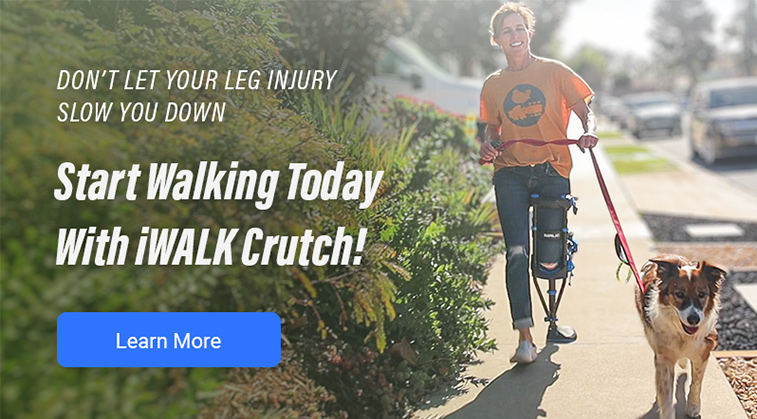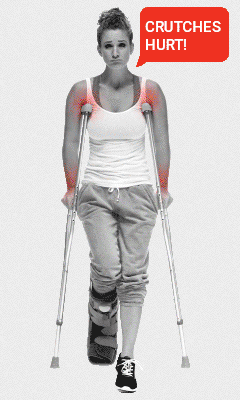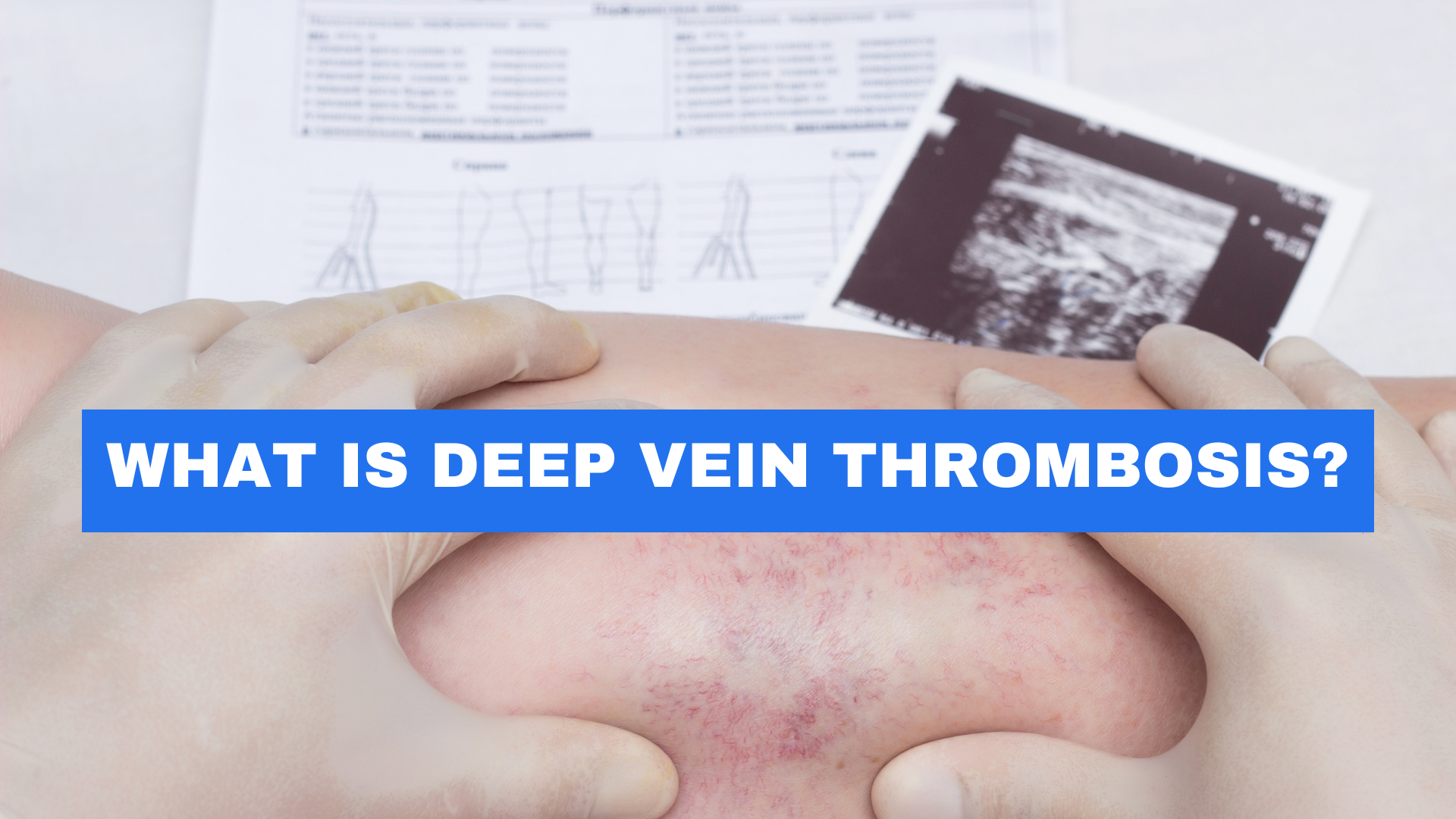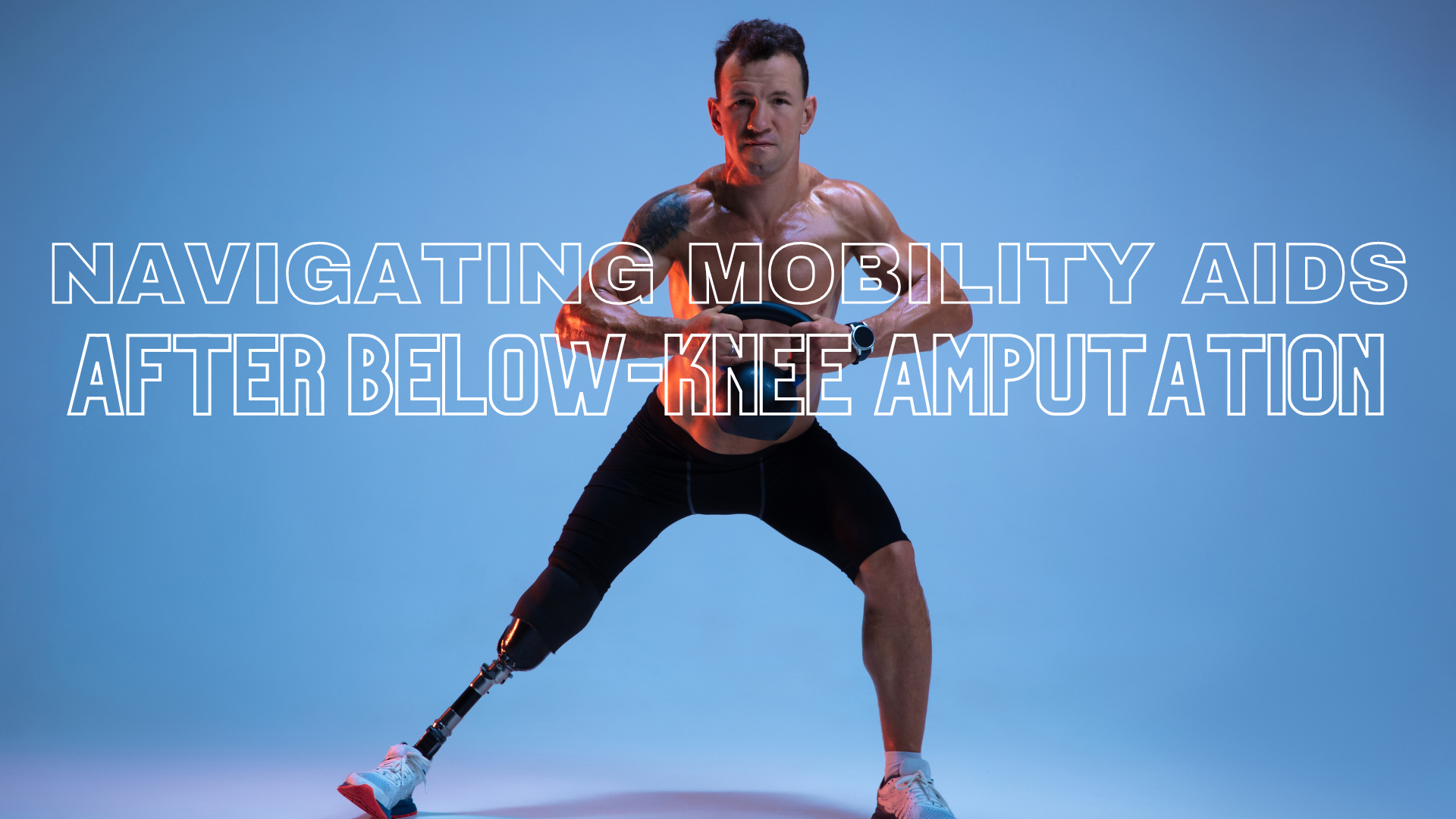[vc_row css_animation=”” row_type=”row” use_row_as_full_screen_section=”no” type=”full_width” angled_section=”no” text_align=”left” background_image_as_pattern=”without_pattern”][vc_column][vc_column_text]A broken ankle or ankle fracture is a common joint injury. If you or a loved one has suffered a broken ankle, you may be wondering why ankle fractures happen, how they can be treated, how long it takes to heal and much more.
Read on to learn about broken ankle injury, symptoms, diagnosis and recovery.
BROKEN ANKLE
Ankle injuries can range from a fracture to general over-use. An ankle injury is often painful and needs immediate medical attention and treatment so that you get back into your usual active lifestyle as soon as possible.
ANKLE INJURIES
The foot and ankle comprises of 26 bones, 33 joints, and more than 100 muscles, tendons and ligaments. For ankle breaks and fractures, the three bones specific to the ankle joint that can be affected are:
- The tibia or shinbone
- The fibula, which is the thinner of the two lower leg bones.
- The talus, which is a small, wedge shaped bone that is located deep in the ankle and supports both the tibia and the fibula.
CAUSE OF BROKEN ANKLES
Broken ankles are a common injury that is often seen in athletes. It can also occur due to twisting, rotating or rolling your ankle, a slip that makes you land on your ankle or something falling on the ankle joint.
SYMPTOMS OF A BROKEN ANKLE
In some cases, a small break or fracture will not prevent you from carrying out daily activities but delaying diagnosis and treatment can make it worse.
Some of the symptoms of an ankle fracture or break are –
- Severe pain in the ankle, that may radiate up into the ‘shinbone’ or tibia as well as below to the foot
- Swelling at the ankle joint
- Bruising, redness, or discoloration of any part of the lower leg
- The ankle becoming tender to touch, move or bend
- Being unable to put any weight on the injured ankle or foot
- The foot looking ‘out of place’, or twisted to one side or the other
The diagnosis of a broken ankle is done using X-rays and/or a CT scan.
TREATMENT FOR BROKEN ANKLE
Your ankle injury treatment plan will depend on the type and extent of your injury. A broken ankle recovery time can range from 6 weeks to 12 weeks and longer.
 Extensive damage to the ankle can only be treated with surgery. If the ankle fracture is not dislocated, you may be treated non-surgically, using an ankle brace, aircast, walking boot or a fiberglass cast. In addition, you will not be allowed to put any weight on your injured ankle, being non-weight bearing, for six weeks or more.
Extensive damage to the ankle can only be treated with surgery. If the ankle fracture is not dislocated, you may be treated non-surgically, using an ankle brace, aircast, walking boot or a fiberglass cast. In addition, you will not be allowed to put any weight on your injured ankle, being non-weight bearing, for six weeks or more.
BROKEN ANKLE RECOVERY
Your recovery may depend on the need to be non-weight bearing and that requires the use of a mobility device that lets you move around without putting any weight on your foot.
Traditional crutches are one option but they require the use of both your hands to operate. This may not be practical and patients often begin walking on the fractured ankle far too soon. This can interfere with the healing process. In addition to this risk, crutches can cause pain in the arms and hands.
On the other hand, there is a hands-free mobility device that also provides a non-weight bearing option for your ankle fracture. The iWALK2.0 allows you to continue your daily activities hands-free. All you have to do is kneel on the iWALK2.0 knee platform with the straps secured properly and the device becomes an extension of your natural leg. The iWALK2.0 hands-free crutch allows you to easily maneuver in places that create challenges for other devices, such as up and down stairs, on uneven terrain, in small areas and on sloping ground. In fact, you can even use the iWALK2.0 in the shower.[/vc_column_text][/vc_column][/vc_row][vc_row css_animation=”” row_type=”row” use_row_as_full_screen_section=”no” type=”full_width” angled_section=”no” text_align=”left” background_image_as_pattern=”without_pattern”][vc_column][vc_empty_space][vc_separator type=”normal”][vc_empty_space][vc_column_text]
You Might Also Like:
[/vc_column_text][vc_empty_space][/vc_column][/vc_row][vc_row css_animation=”” row_type=”row” use_row_as_full_screen_section=”no” type=”full_width” angled_section=”no” text_align=”left” background_image_as_pattern=”without_pattern”][vc_column width=”1/2″][vc_single_image image=”11175″ img_size=”400×250″ alignment=”center” onclick=”custom_link” qode_css_animation=”” link=”https://iwalk-free.com/blog/common-problems-with-crutches/”][vc_empty_space height=”16px”][vc_column_text]
Adventure-seeker completes 10k run despite broken ankle
[/vc_column_text][vc_empty_space height=”16px”][vc_column_text]
A determined woman managed to complete a 10km off-road endurance race despite recovering from a broken ankle, by wearing a hi-tech peg-leg
[/vc_column_text][vc_empty_space height=”16px”][vc_column_text]Read Now >[/vc_column_text][vc_empty_space height=”16px”][/vc_column][vc_column width=”1/2″][vc_single_image image=”1858″ img_size=”400×250″ alignment=”center” onclick=”custom_link” qode_css_animation=”” link=”https://iwalk-free.com/blog/what-to-put-on-crutches-for-comfort-6-effective-options/”][vc_empty_space height=”16px”][vc_column_text]
Dietary Tips To Recover Faster From A Broken Ankle
[/vc_column_text][vc_empty_space height=”16px”][vc_column_text]
Diet impacts your recovery process more than you can imagine. We have compiled some tips on what should be consumed, and what can be avoided during this crucial period.
[/vc_column_text][vc_empty_space height=”16px”][vc_column_text]Read Now >[/vc_column_text][vc_empty_space height=”16px”][/vc_column][/vc_row]







